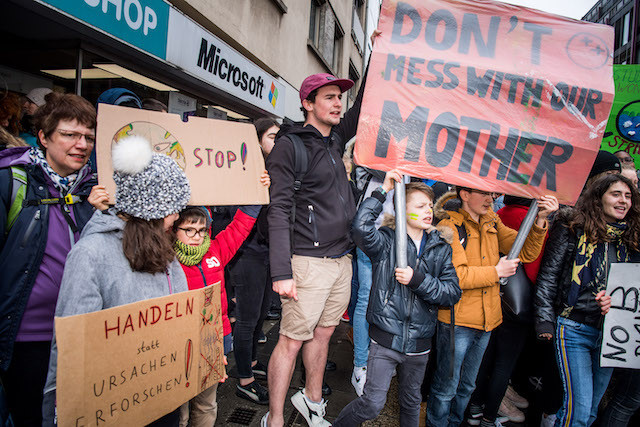The non-governmental organisation on 8 December published a study on carbon inequality in the EU ahead of the bloc’s leaders meeting for the European Council this week.
Oxfam’s analysis shows that emissions cuts since the 1990s have been achieved only among lower and middle-income citizens in the EU, while emissions of the richest 10% of the population grew over the same time.
The highest emitters across the EU are Luxembourg’s richest citizens at 214 tonnes of CO2 per capita. “This reflects the very high incomes and spending power of this group and the country's high dependency on imported fossil fuels,” Oxfam said.
Luxembourg’s richest 1% outdid even the US, where the richest 1% had a carbon footprint of around 190 tonnes of CO2 in 2015.
The EU under the Paris Agreement pledged to reduce greenhouse gas emissions by at least 40% by 2030 but is set to increase this target to 55% below 1990 levels. Member countries collectively were responsible for 15% of global cumulative consumption emissions between 1990 and 2015, Oxfam said, while being home to just 7% of the world's population
The NGO said a target of 65% would be needed for the EU to achieve the UN goal of limiting the Earth’s warming to 1.5°C compared to pre-industrial times.
Annual emissions of the poorest 50% of EU citizens fell by 24% in the 25 years between 1990 and 2015, Oxfam said. Those of the 40% of middle-class EU citizens fell by 13%, while the emissions of the richest 10% grew by 3%, and of the richest 1% by 5%.
As a result, the richest 10% of EU citizens have a footprint per capita more than 10 times higher than the level needed by 2030 to achieve the 1.5°C goal. The footprint of the richest 1% is 30 times higher.
But even middle and low-income Luxembourgers contribute more to global emissions than their EU counterparts. Emissions for the middle 40% were at around 50 tonnes of CO2 per capita and the poorest 50% produced emissions of more than 20 tonnes of CO2 per year.
Road transport and air travel have been identified as the biggest sources of emissions.
The richest 1% in Luxembourg in the report report are defined as earning more than €312,000 per year. The richest 10% earn upwards of €145,000. The middle 40% income bracket starts at €74,000 and the poorest 50% earn more than €9,000.
Luxembourg has pledged to reduce carbon emissions by 55% in the next decade. It wants to be climate neutral by mid-century. But CO2 emissions in Luxembourg actually increased by 2% in 2019, according to Eurostat.
The Organisation for Economic Development and Co-Operation (OECD) in November warned the country must “redouble its efforts” to actually meet its targets.
And the Paris Equity Check--that assesses the impact of countries’ Paris Agreement pledges--concludes that under Luxembourg’s current goals, the Earth would warm by 3.8°C by 2100.
